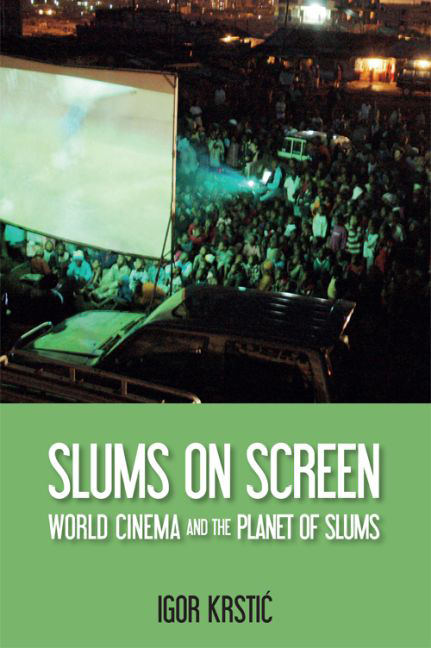Introduction
Summary
Ever since the term ‘slum’ emerged in Victorian England to describe overcrowded neighbourhoods overflowing with impoverished migrants, images and stories about the appalling living, housing or social conditions in such city areas have constantly returned to haunt us. Yet, slums, often perceived as the world's most miserable habitats, have not only been a historically recurring, but also a transnational concern for filmmakers. One could even say that we are today in possession of a ‘global archive’ of moving images that depict life in the slums of various cities across the planet. Filmmakers with different concerns north as well as south of the equator produced a vast amount of audiovisual material about the slums of New York, London or Paris in the early twentieth century, while today the focus is on Lagos, Rio de Janeiro or Mumbai. Considering that by the turn of the millennium near to one billion people called slums their home – a number which suggests that it is not an exaggeration to describe our planet in Mike Davis’ words as a Planet of Slums (2007) – and taking into account that filmmakers have repeatedly tried to engage with what in different geo-cultural regions is labelled as shantytown, Elendsviertel (German), gecekondu (Turkey), favela (Brazil), chawl (India), or bidonville (Francophone Africa), a study of how life on our ‘planet of slums’ has been depicted on screen is long overdue.
Accordingly then, the major research question driving this book is how life in our ‘planet of slums’ has been represented on screen. More precisely, it is driven by the question of how the present relates to the past, of how the various films and media practices that imagine how life in the slums is today, relate to their historical predecessors. This is a question that has evolved with the observation that media history has frequently overlapped with social history since the time of Charles Dickens. However, as slums have now become a phenomenon of (mega)cities that are predominantly located in the global South rather than in London, New York or Paris, one is almost obliged to address this question beyond its historical dimensions, that is, widen its scope according to its global, or rather, globalising dimensions.
- Type
- Chapter
- Information
- Slums on ScreenWorld Cinema and the Planet of Slums, pp. 1 - 15Publisher: Edinburgh University PressPrint publication year: 2016



